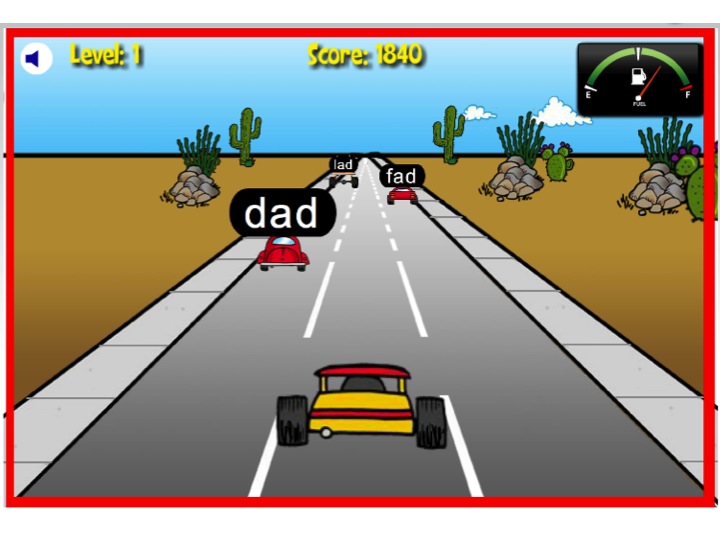


This CSI is short for “channel state information,” a collection of readings that describes what’s happening at the lowest level of the data link between a Wi-Fi sender, such as your laptop, and a receiver, such as as an access point.
PASSWORD TYPING FINGERS PASSWORD
Note: It is written using vanilla javascript so it doesn't depend on any library (i.Researchers in a team from Shanghai, Boston and Tampa recently published an temptingly titled paper about password stealing.ĭubbed When CSI Meets Public Wi-Fi: Inferring Your Mobile Phone Password via Wi-Fi Signals, the paper makes you think of Crime Scene Investigation, but that’s just a handy collision of acronyms. I created a simple javascript snippet to protect password inputs against changing their types using dev tool (i.e: chrome dev tool). You must protect the password fields from changing their types via dev tool!

If this was not a security flaw, then why Macbook Keychain Access App requires you to enter computer's password to reveal the internet passwords? Are they basically not the same thing? Then all they have to do is to change the input type from password to text to reveal your password. If you have already signed in, then they just need to first log you out and re-open the login page. Macbook's keychain app requires you to enter the computer password to reveal the internet passwords (safari passwords), right? But if somebody opens the the website from your computer and navigate to the login page, the password and username/email are there. What if you left your computer open in a public place? It would be so easy for a 3rd person to reveal your passwords. This is a serious security flaw from the user's standpointĬhrome or Safari save password/usernames and automatically fills them when you visit the designated website. In both cases, the data will be sent to the server as unencrypted, unless the entire form data is encrypted. In handling the data, once it has been read. There is no difference between input type=text and input type=password. Perhaps the least distract way to do that is to have an input type=password with a checkbox “Show password when typed”, JavaScript-driven of course, which when checked turns type=password to type=text.

You could leave the decision to the user by offering both options. It is typically based on recognizing a pair of input type=text and input type=password. On the other hand, browsers may store username/password pairs to make frequent visits to a site more comfortable this can be an essential usability improvement and an essential security threat. Using the autocomplete=off attribute usually prevents this in modern browsers. This varies by browser, but quite often, input type=text causes an automatic prefill if data has previously been entered in a field with the same name. The other one is different treatment of input type=text and input type=password by browsers in their histories and in using previously entered data as defaults or as selectable options. This is seldom relevant, since passwords are normally typed (and should be typed) so that there is nobody else looking at your screen or your hands. One of them is the one so often mentioned as a reason for using input type=password: to protect the user against prying eyes. There are two rather different security issues involved.


 0 kommentar(er)
0 kommentar(er)
